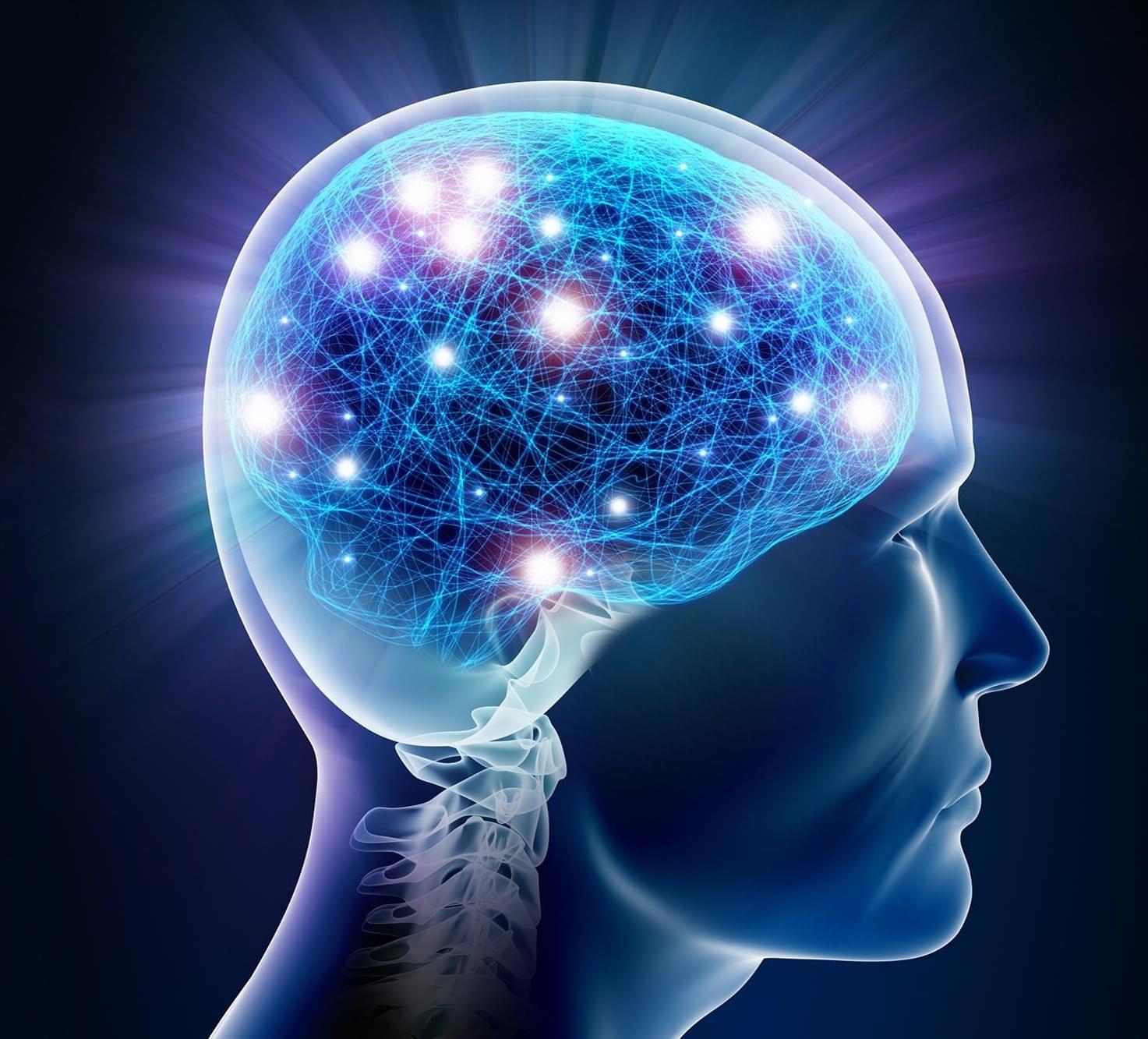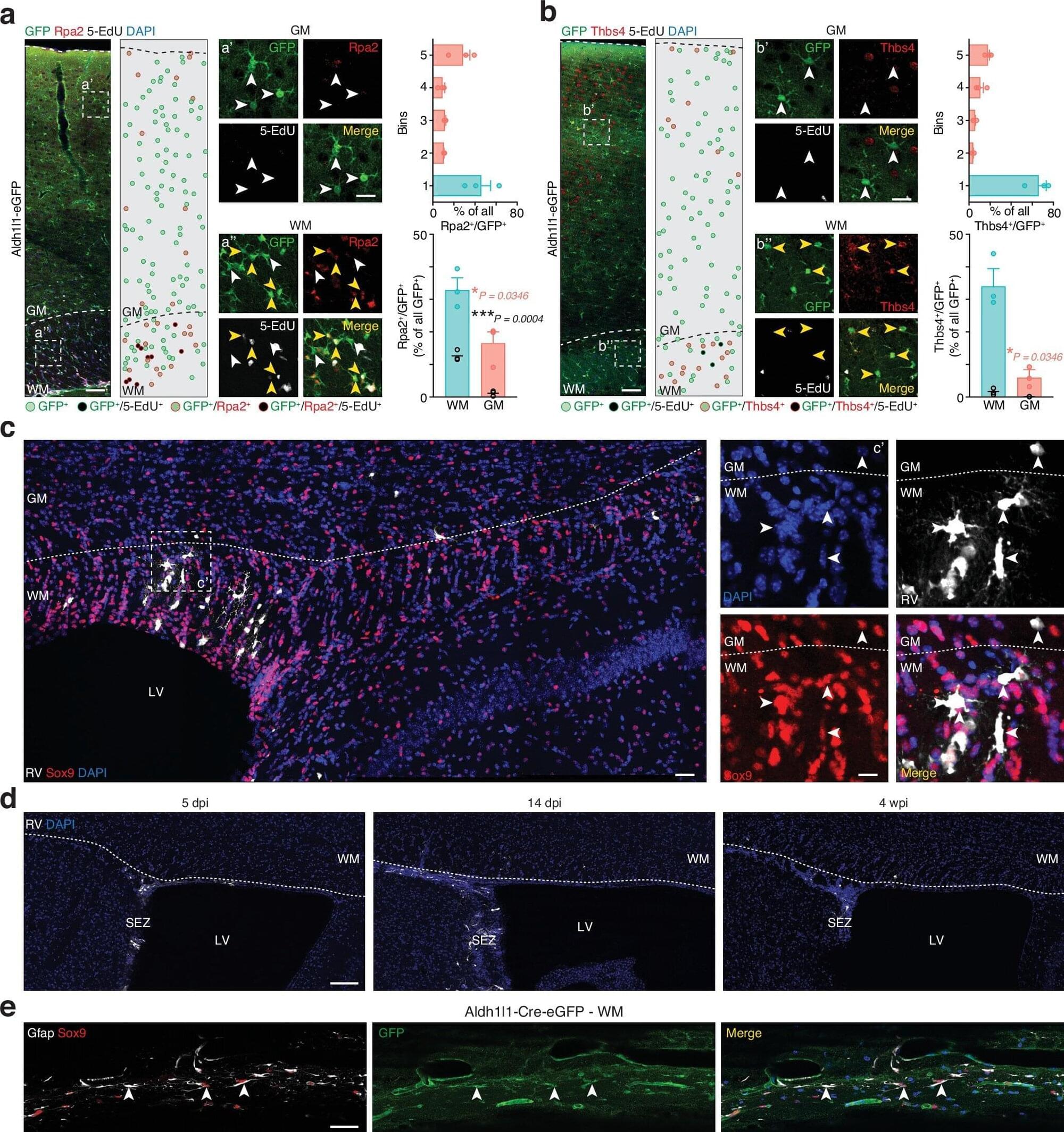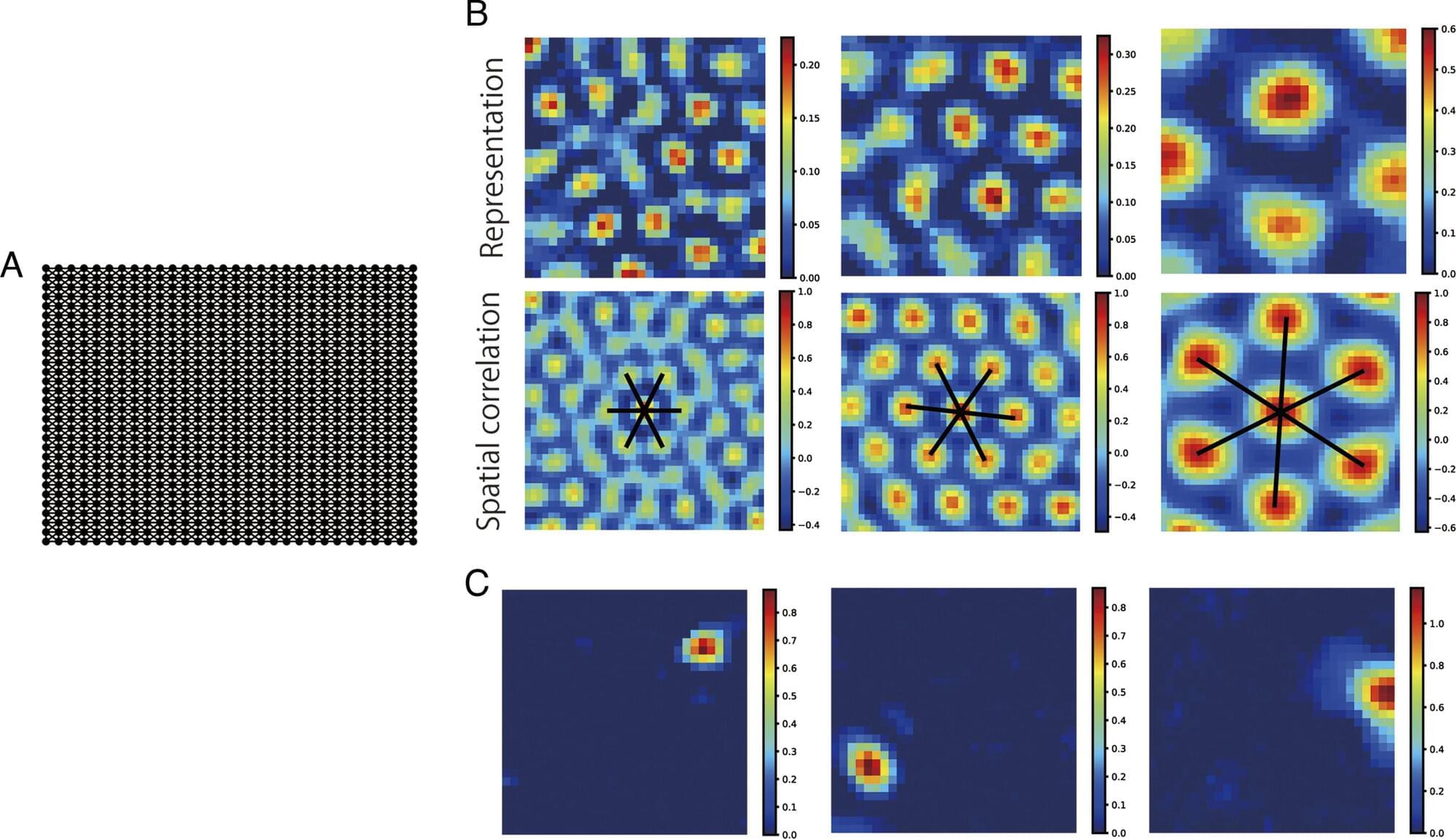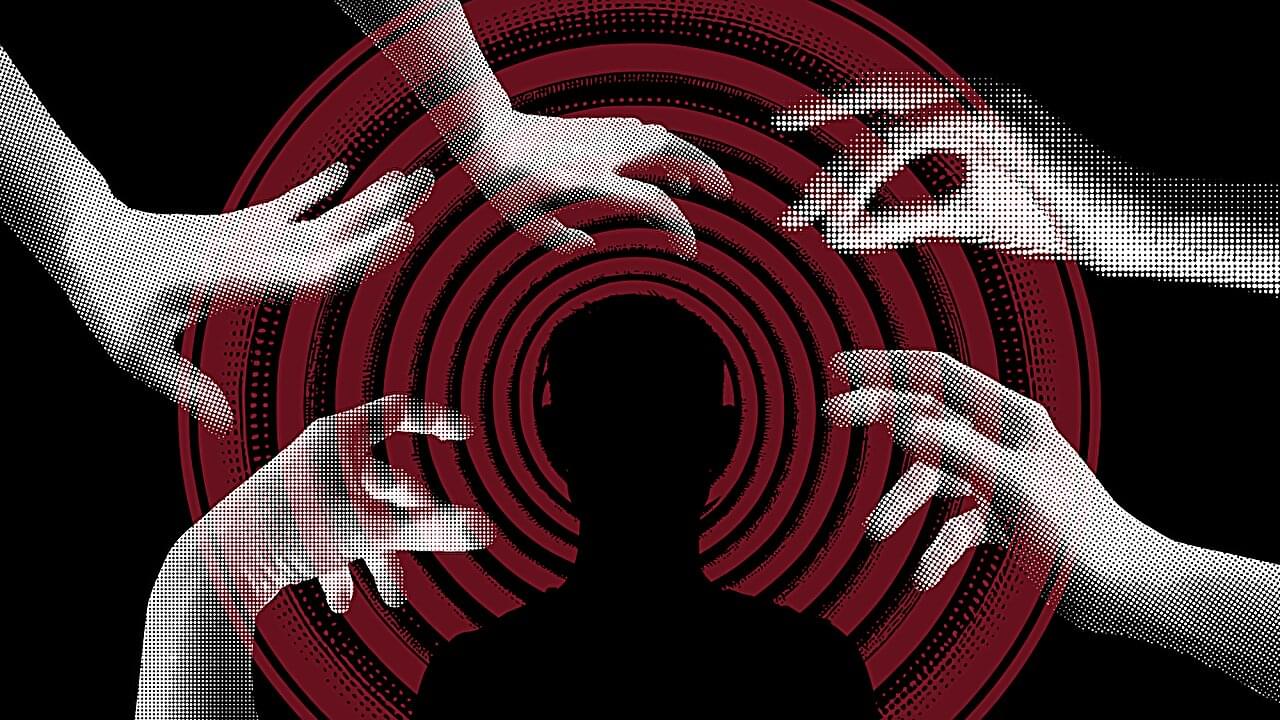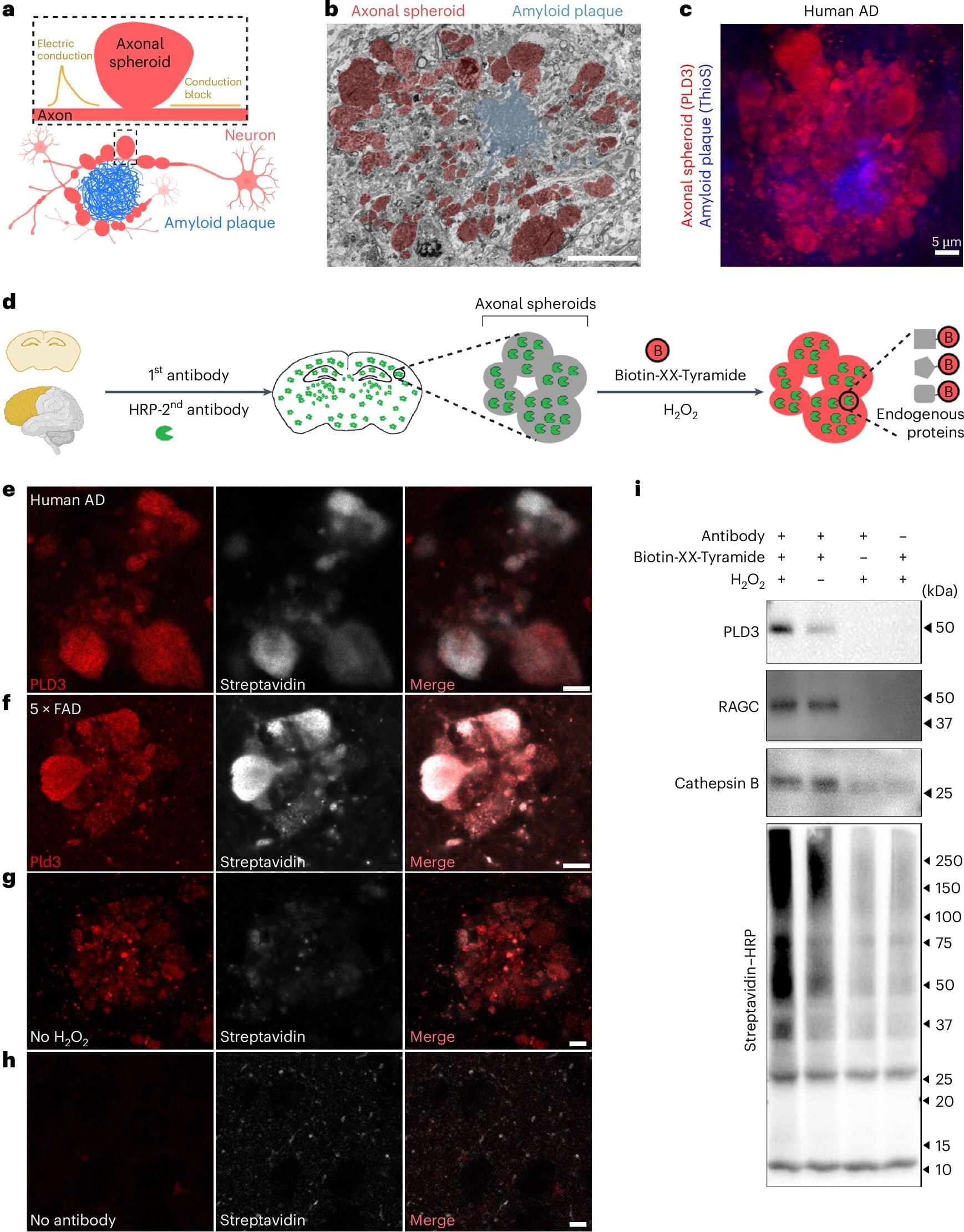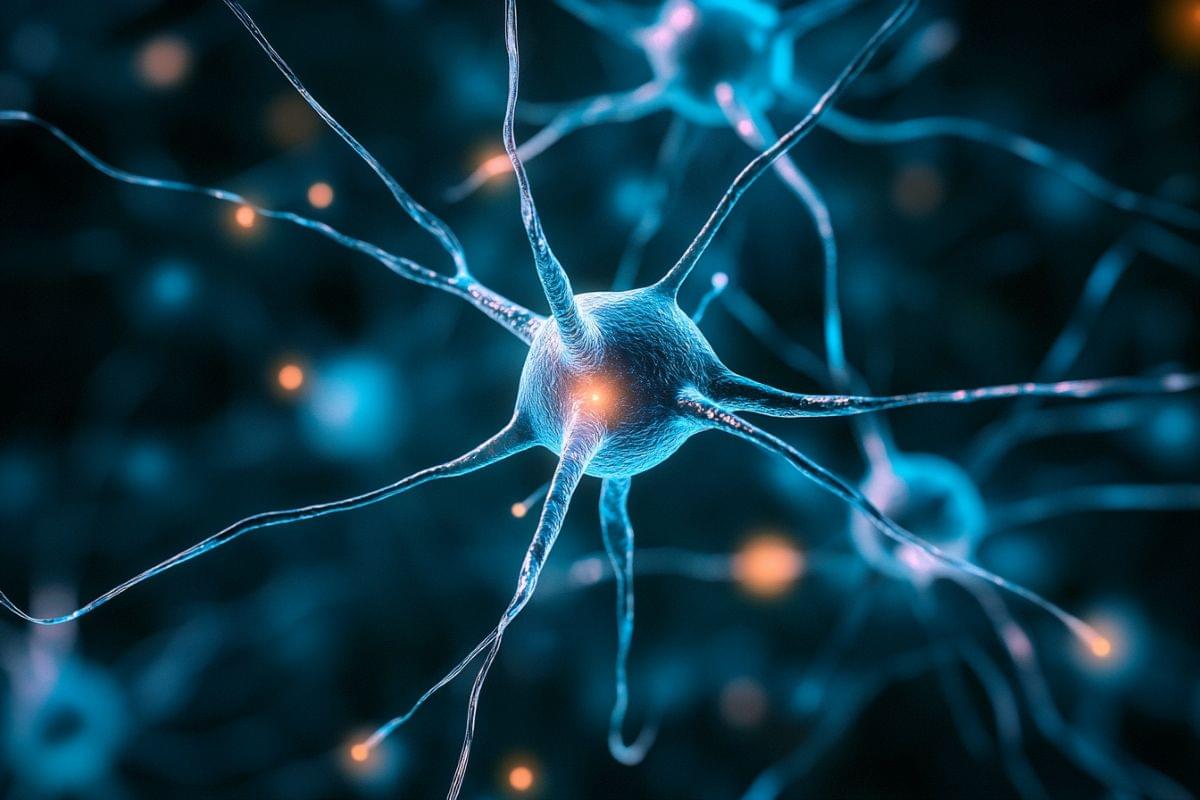How does the human brain learn to see? Research from Max Planck Florida Institute for Neuroscience, Frankfurt Institute for Advanced Studies, and Goethe University Frankfurt explores how early visual experiences restructure circuits in the visual cortex. This research sheds light on the fundamental mechanisms of brain development and visual perception.
Explore the research.
How early visual experience builds reliable brain circuits Because it does it so well, we often take for granted how our brain creates reliable visual representations of our surroundings that are critical for guiding our behavior. While scientists understand a lot about how mature neural circuits support reliable vision, the sequence of developmental events before and after birth that build these circuits is not clear. Collaborating scientists at Max Planck Florida Institute for Neuroscience, the Frankfurt Institute for Advanced Studies, and Goethe University Frankfurt have discovered how early visual experience dramatically changes the brain networks that process vision – changes that are essential for establishing reliable visual perception.

